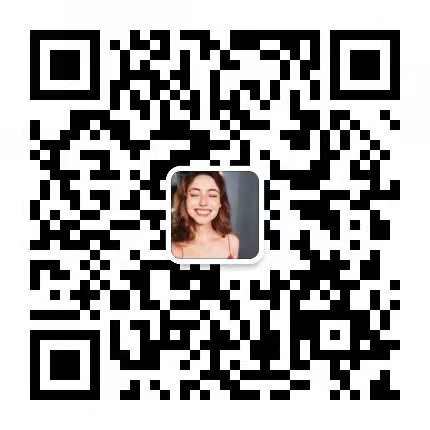Right, the ancient past and the futuristic now are colliding.
古老的过去与充满未来感的现在发生了碰撞。
People used a light beam 10 billion times brighter than the Sun and artificial intelligence to unravel hundreds of ancient scrolls that were charred during the eruption of Mount Vesuvius in 79 AD.
人们使用了一束比太阳亮100亿倍的光束,再结合人工智能技术,成功解读了数百卷在公元79年维苏威火山喷发时被烧焦的古代卷轴。
In 2023 the Vesuvius Challenge began as a competition to decipher the 2,000-year-old Herculaneum Scrolls.
2023年,维苏威挑战拉开帷幕,这是一场旨在破译2000年前的赫库兰尼姆古卷的竞赛。
Using AI and other computer technology, researchers and computer scientists from around the world have enhanced the ancient ink on the scrolls.
借助人工智能和其他计算机技术,来自世界各地的研究人员和计算机科学家对古卷轴上的古老墨迹进行了增强处理。
They've now virtually unrolled the fifth scroll.
他们现在已经以虚拟形式打开了第五个卷轴。
And this could transform our understanding of ancient Greece and Rome.
这可能会彻底改变我们对古希腊和古罗马的理解。
Our Nick Valencia has more.
本台记者尼克·瓦伦西亚将带来更多信息。
This charred scroll could contain valuable insights into ancient Greek and Roman philosophy.
这份烧焦的卷轴可能包含着关于古希腊与古罗马哲学的珍贵洞见。
But the contents are challenging to get.
但内容很难获取。
Charred from the eruption of Mount Vesuvius in 79 AD, the few hundred scrolls left unopened are in fragile condition.
这些卷轴在公元79年维苏威火山喷发时被烧焦,未被展开的几百个卷轴处于脆弱状态。
They're known as the Herculaneum Scrolls, named for the town that was buried in the eruption.
它们被称为赫库兰尼姆卷轴,赫库兰尼姆是当时被火山灰掩埋的小镇。
Opening one could destroy its contents.
打开卷轴可能会损坏其中的内容。
So researchers have now turned to artificial intelligence to help discover what's inside.
因此研究人员现在利用人工智能,帮助发现里面的内容是什么。
Using AI, scientists have performed the first virtual unrolling of one of the Scrolls.
借助人工智能,科学家们首次以虚拟形式展开了其中一个古卷轴。
The process uses a particle accelerator that speeds up electrons to emit light 10 billion times brighter than the sun.
该过程使用了一种粒子加速器,它能够将电子加速,使其发出比太阳还要亮100亿倍的光。
The light is then directed into laboratories as x-ray beams to scan inside the scrolls without damaging them.
然后这束光被引导进入实验室,形成X射线,在不损坏卷轴的情况下对卷轴内部进行扫描。
AI was trained to spot ink and put together images from the scan to make the text clearer for researchers to decipher.
人工智能被训练来识别墨迹,并将扫描的图像拼接在一起,使文本更清晰,以便研究人员解读。












